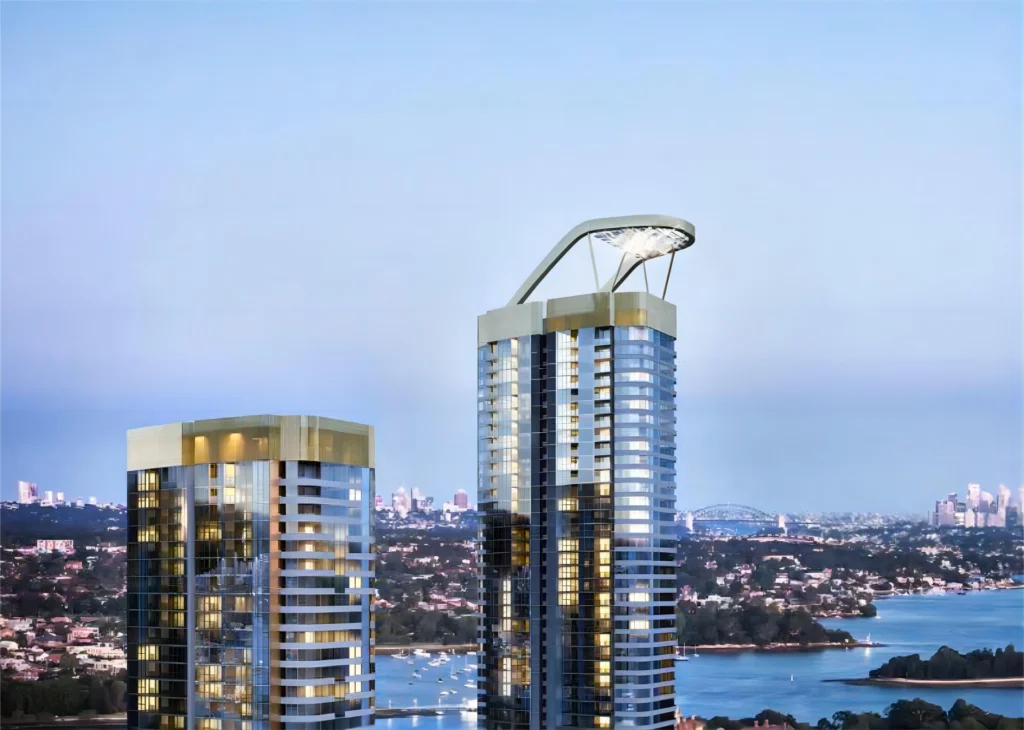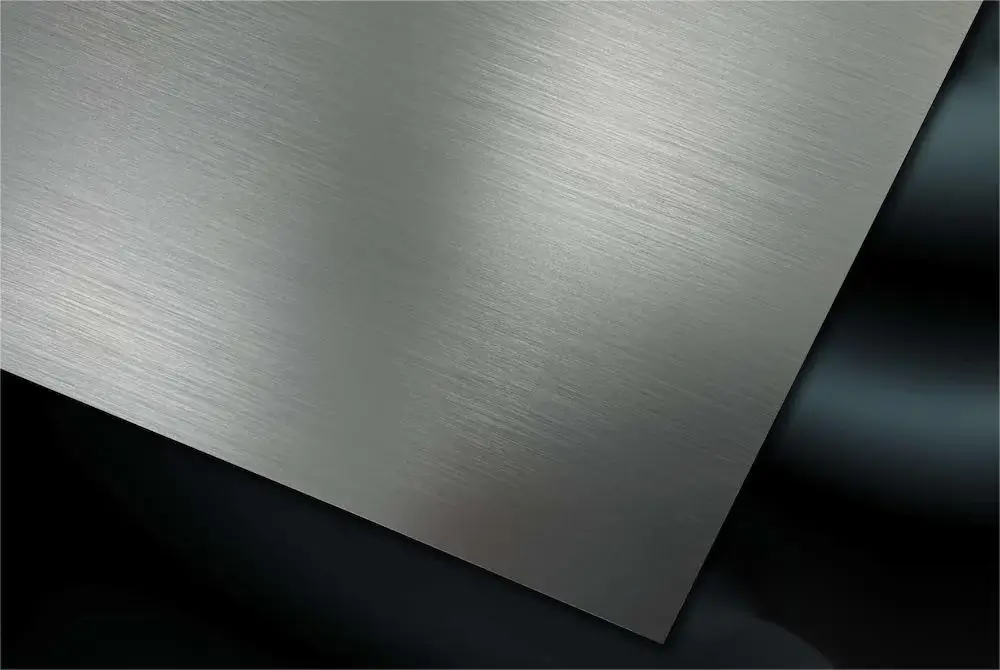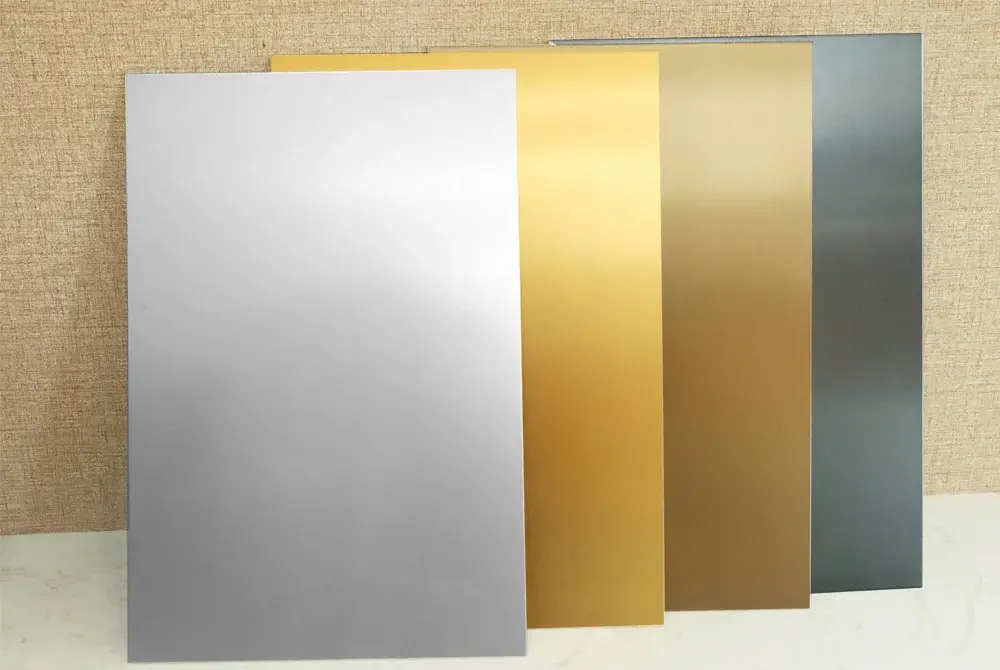Selecting proper materials for architectural anodized aluminum sheets involves considering various factors to ensure the desired aesthetics, performance, and longevity of the final product. Here’s a step by step guide:
1. Function and Application: Determine the purpose of the architectural anodized aluminum sheets. Are they for exterior cladding, interior decoration, signage, or something else? Different applications might require different material properties.
2. Aesthetic Requirements: Consider the desired color, finish, and texture of the anodized aluminum sheets. Anodized aluminum sheet can be produced in a variety of colors and finishes, so choose the one that best fits the architectural design.

3. Durability and Corrosion Resistance: Anodized aluminum sheet is known for its corrosion resistance, but the level of protection required depends on the environment. For example, if sheets will be exposed to harsh weather conditions or corrosive chemicals, you might need a higher level of corrosion resistance.
4. Alloy Selection: Different aluminum alloys have varying levels of strength, formability, and corrosion resistance. The alloy you choose should be compatible with the intended application. High-quality anodized aluminum sheets for architecture typically use the 5005H14 aluminum-magnesium alloy, which not only boasts a beautiful anodized surface but also exhibits exceptional mechanical and processing properties.
5. Consistency between different batches: Aluminum sheets that can meet the requirements of architectural uses, each process such as aluminum ingot, melting and casting, hot rolling, finishing rolling and so on, must undergo rigorous gatekeeping. To ensure that the production of finished products in terms of performance,appearance, dimensions and other aspects of achieve a high degree of uniformity.
6. Surface quality: Anodizing finish is the core process of architectural anodized aluminum sheet. The surface of the aluminum sheet must be flat, no contusions, no scratch, no color difference and other factors.

7. Environmental Considerations: Consider the sustainability and environmental impact of the materials. Opt for materials that are recyclable and produced using environmentally friendly processed.
8. Supplier Reputation: Choose a reputable supplier with a history of providing high-quality anodized aluminum sheets. They should be able to provide documentation on material specifications, finishing processes, and warranties.
By thoroughly assessing your project’s requirements and following these steps, you can make an informed decisions that results in a successful architectural application.


